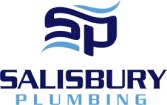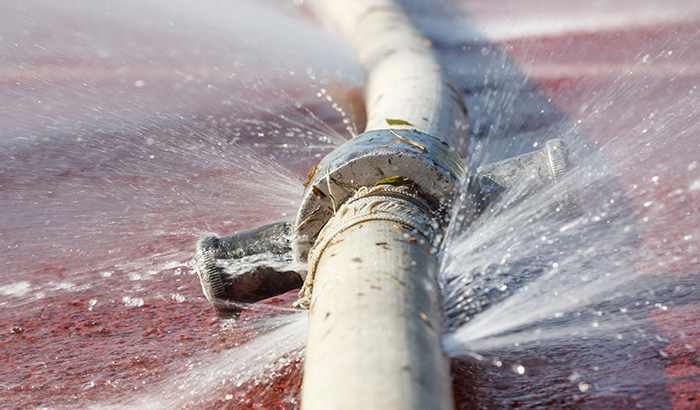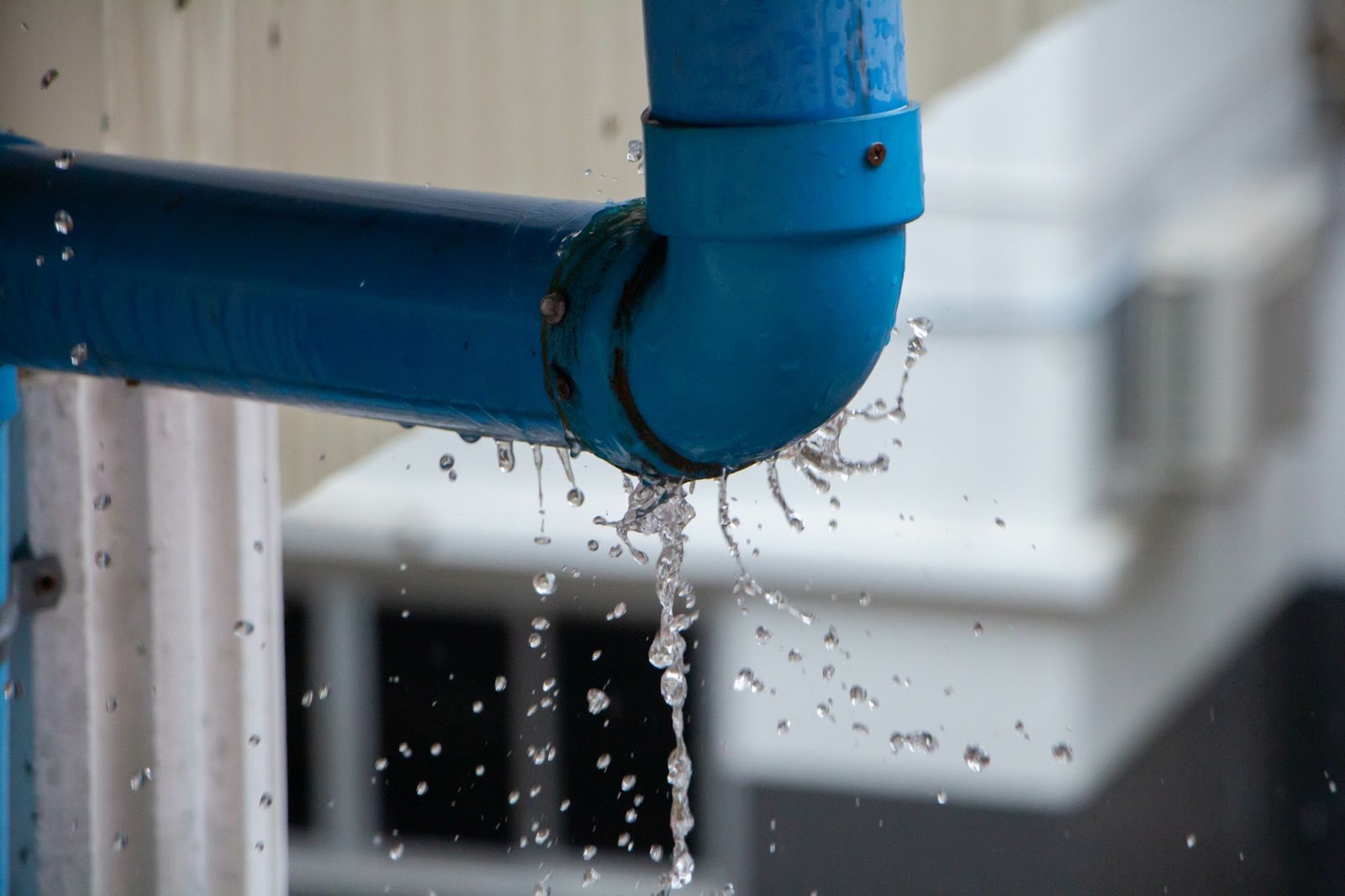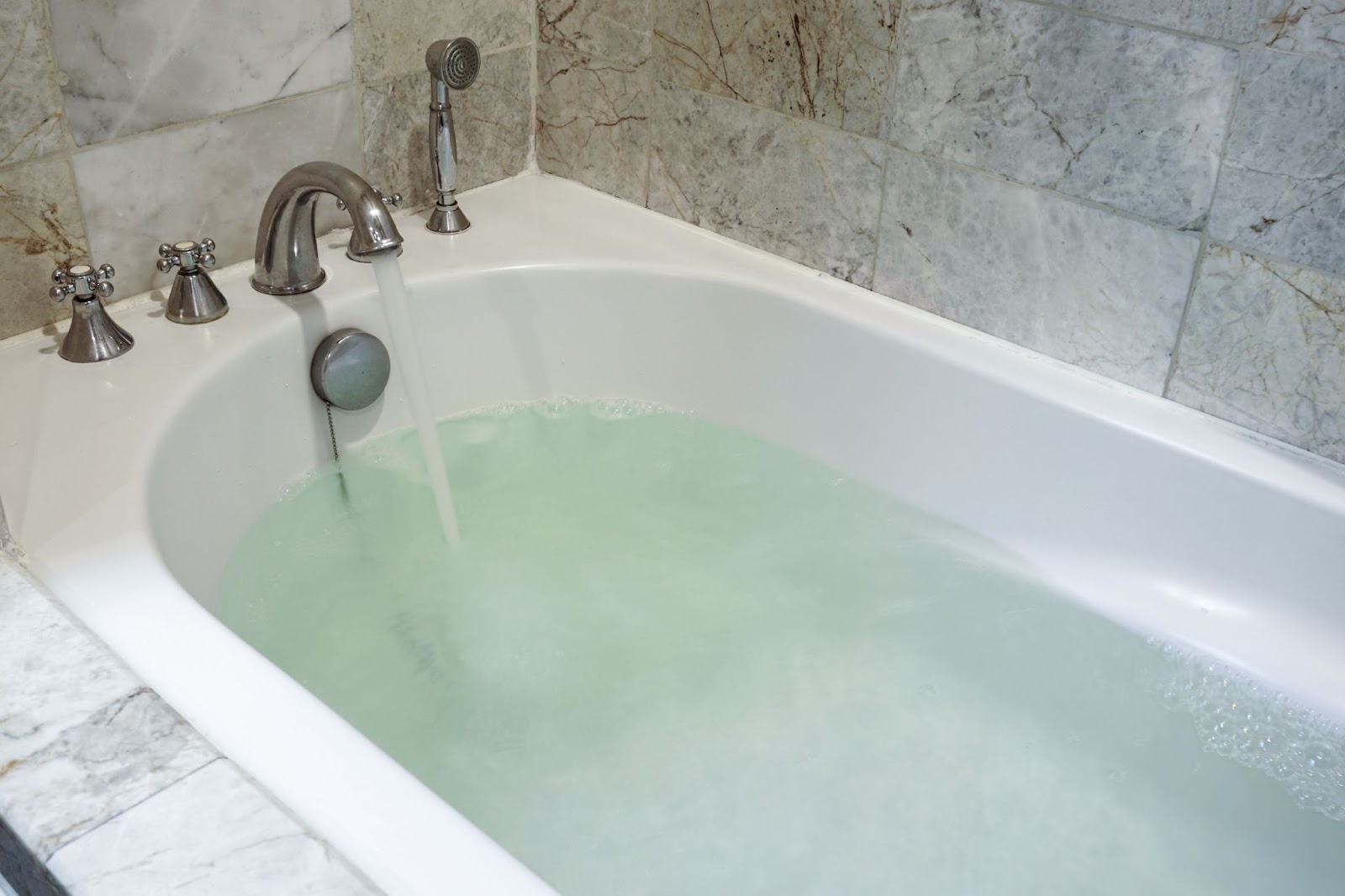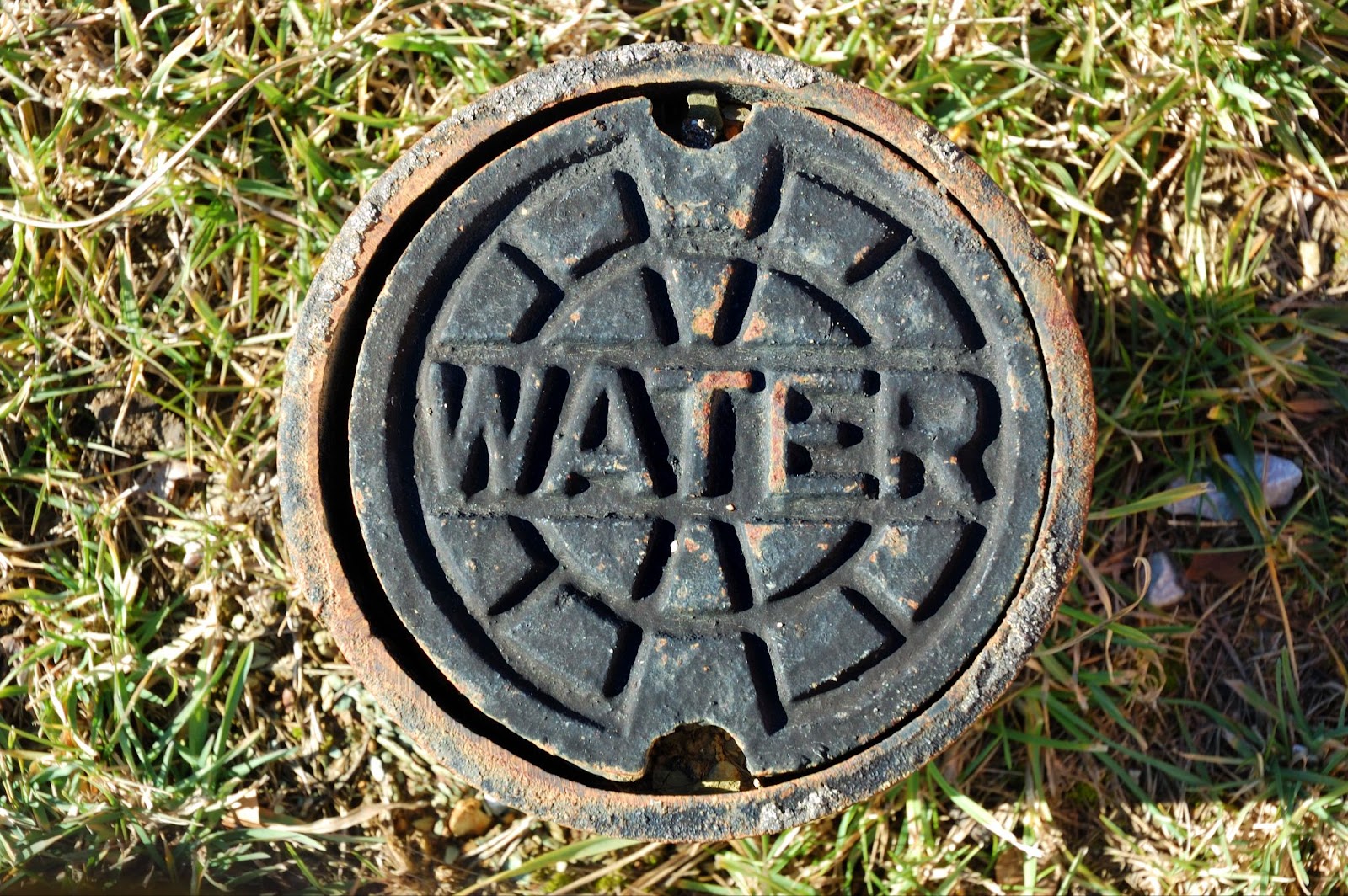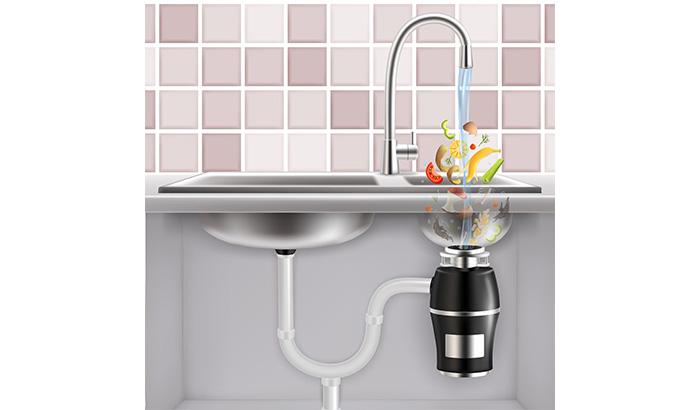The integrity of plumbing systems plays a crucial role in maintaining the safety, efficiency, and overall well-being of buildings. Weak pipes, often overlooked until it’s too late, are silent threats that can escalate into catastrophic failures, resulting in burst water pipes and the subsequent extensive water damage, mold proliferation, and significant financial losses.
The ability to identify and address these vulnerabilities requires a deep understanding of the factors contributing to pipe degradation and a strategic approach toward maintenance and prevention.
This comprehensive guide delves into the science of plumbing health, offering insights into the early detection of weak pipes, selecting durable materials, and implementing innovative technologies designed to monitor and protect your plumbing system.
With this knowledge, property owners and managers may confidently navigate the complexities of plumbing maintenance, ensuring their infrastructure’s longevity and reliability.
Understanding the risks of weak pipes
Weak pipes don’t merely happen; they evolve from neglect, environmental conditions, and material degradation. The subtle signs of wear and tear often go unnoticed until the damage becomes severe, highlighting the importance of regular monitoring and maintenance. The consequences extend beyond immediate water leakage.
Water escaping from compromised pipes seeps into the foundations of a building, undermining its structural integrity over time. This not only jeopardizes the safety of the occupants but also leads to significant financial implications for repair and restoration. The damp conditions created by leaks provide the perfect breeding ground for mold and mildew, which may harm indoor air quality and occupant health.
In more severe cases, the cumulative damage from weak pipes culminates in a complete water supply shutdown, necessitating costly and extensive repairs. This disruption affects the daily functioning of a household or business leading to a temporary displacement of residents. Recognizing the risks associated with weak pipes is the first step in preventing potential disasters.
Proactive measures, such as implementing a routine inspection schedule and addressing minor issues before they escalate, are crucial in averting the far-reaching consequences of pipe failure.
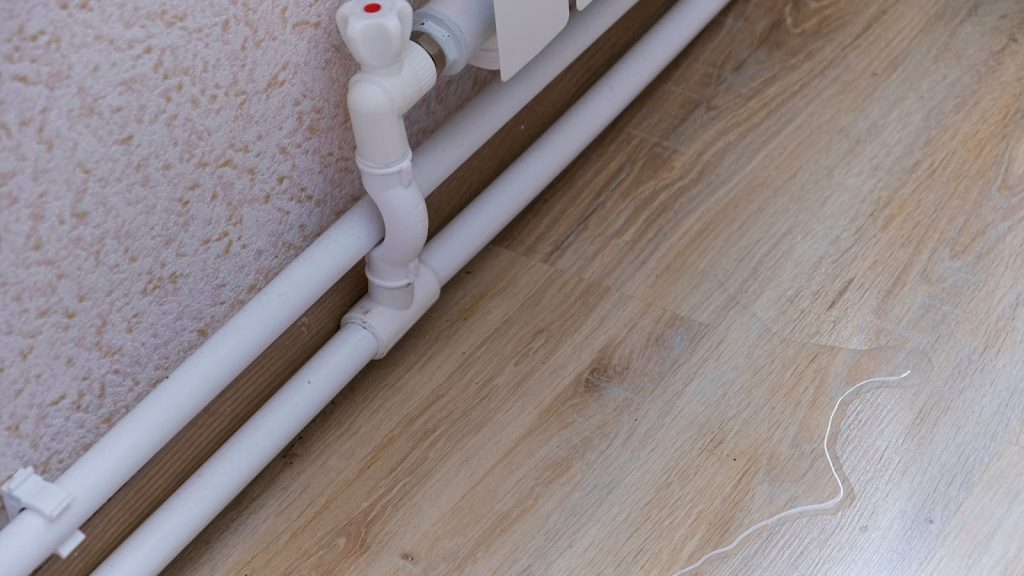
Early signs of weak pipes
Vigilance is key to early detection. Look out for these tell-tale signs:
- Discoloration: Pipes exhibiting unusual colors or stains might be rusting or corroding from the inside out, signaling their weakness.
- Water discoloration: Brown or yellow water suggests pipe interior degradation, a precursor to leaks or bursts.
- Reduced water pressure: A sudden drop in water pressure often indicates a leak or blockage from pipe weakness.
Routine inspections: your first line of defense
Regular inspections stand as your most reliable defense against weak pipes. Professionals will identify and address issues long before they escalate. However, don’t overlook the power of self-inspections. Familiarize yourself with your plumbing system’s layout and visually inspect pipes for any signs of wear, corrosion, or damage. These inspections and professional assessments significantly reduce the risk of pipe failure.
Materials matter: choosing the right pipes
Not all pipes are created equal. Material selection plays a pivotal role in the longevity and resilience of your plumbing system. Copper, PEX, and PVC pipes each have their benefits and drawbacks.
For instance, copper pipes boast durability and reliability but are prone to corrosion in certain water conditions. PEX pipes, on the other hand, offer flexibility and resistance to corrosion but might not be suitable for outdoor use due to UV sensitivity. Weighing the pros and cons of each material in the context of your specific needs is crucial.
Mitigating the impact of environmental factors
Mitigating the impact of environmental factors on your plumbing system is a nuanced endeavor that requires a strategic approach to ensure the longevity and reliability of your pipes. Environmental conditions, with their diverse range from scorching heatwaves to bone-chilling freezes and fluctuating humidity levels, pose significant risks to the integrity of plumbing infrastructures.
Each of these factors has the potential to accelerate the deterioration of pipes, leading to weakened structures that are more susceptible to bursting and leaking. Understanding and addressing these environmental challenges is key to maintaining a robust plumbing system.
- Insulation as a Defensive Measure
Insulation stands out as a critical defense mechanism against extreme temperatures. In regions where temperatures plummet below freezing, water inside the pipes freezes, expands, and exerts immense pressure on the pipe walls, eventually causing them to burst. Insulating your pipes creates a thermal barrier that reduces the likelihood of water freezing inside the pipes.
This is particularly crucial for pipes in unheated building areas, such as basements, attics, and garages, as well as those that run along exterior walls. The choice of insulation material and the proper installation technique are essential considerations. Options range from simple foam tubing to more advanced, heated tape designed for pipes, each providing different levels of protection and energy efficiency.
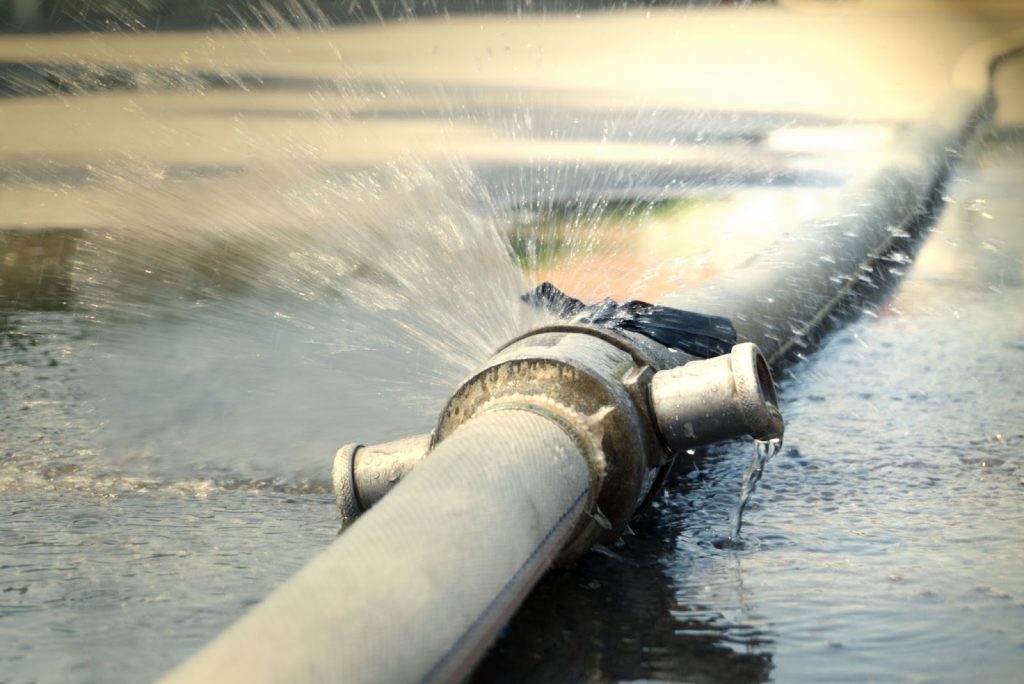
- Controlling Indoor Humidity Levels
High indoor humidity levels present another environmental challenge, fostering conditions that accelerate corrosion, especially in metal pipes. Corrosion is a chemical reaction between the pipe material and the surrounding environment that significantly weakens pipes over time, making them more prone to leaks and bursts.
To combat this, maintaining an optimal indoor humidity level becomes essential. Dehumidifiers in particularly damp areas of your home, such as basements and bathrooms, help maintain a balanced environment less conducive to corrosion.
Ventilation also plays a pivotal role; ensuring that areas prone to moisture buildup are well-ventilated helps keep humidity levels in check. This could involve installing exhaust fans, properly venting appliances, and even incorporating moisture-absorbing plants that naturally help regulate air quality.
- Protecting Against External Environmental Factors
Beyond the internal environment of a home or building, external factors such as soil composition and outdoor humidity also affect underground pipes.
Pipes in corrosive soil types may require additional protective measures, such as cathodic protection, a technique used to prevent corrosion by redirecting the corrosive activity to a sacrificial metal. For areas with high outdoor humidity, ensure that pipes are insulated and have a waterproof barrier that prevents external moisture from accelerating deterioration.
- A Holistic Approach to Environmental Protection
Mitigating the impact of environmental factors on plumbing systems calls for a holistic approach that combines material selection, structural modifications, and ongoing maintenance.
By incorporating these strategies, property owners significantly enhance the resilience of their plumbing systems against the relentless forces of nature. This proactive stance not only extends the lifespan of the plumbing infrastructure but also contributes to the overall well-being and safety of the occupants by preventing the disastrous consequences of bursts and leaking pipes.
Embrace technology: leak detection systems
Modern technology offers sophisticated solutions to old problems. Leak detection systems, equipped with sensors, monitor water flow and identify leaks or weaknesses long before they become visible. Some systems even offer the capability to shut off water automatically upon detecting a significant leak, providing invaluable protection against burst water pipes.
Preventive maintenance: the unsung hero
Preventive maintenance stands as the unsung hero in the safeguarding of plumbing systems worldwide. Regular maintenance, including cleaning, pressure checks, and flushing out sediments, not only prolongs the life of your pipes but also plays a crucial role in maintaining the overall health of your water system.
By ensuring these tasks are performed consistently, you significantly reduce the likelihood of encountering severe plumbing emergencies. It also provides opportunities to catch and fix small issues before they escalate, thereby preventing minor problems from evolving into major, costly repairs.
Engaging in routine maintenance helps to maintain water quality by removing buildups that could affect the taste and safety of your water. Beyond the physical upkeep, preventive maintenance offers peace of mind, knowing that you are taking proactive steps to protect your property from water damage.
This approach emphasizes the importance of regular inspections and maintenance schedules, making it easier to identify potential weaknesses or wear in the system early on.
Don’t underestimate the power of preventative maintenance in the fight against weak and bursting pipes; it is an essential strategy that saves homeowners and businesses from the inconvenience and expense of unexpected plumbing failures.
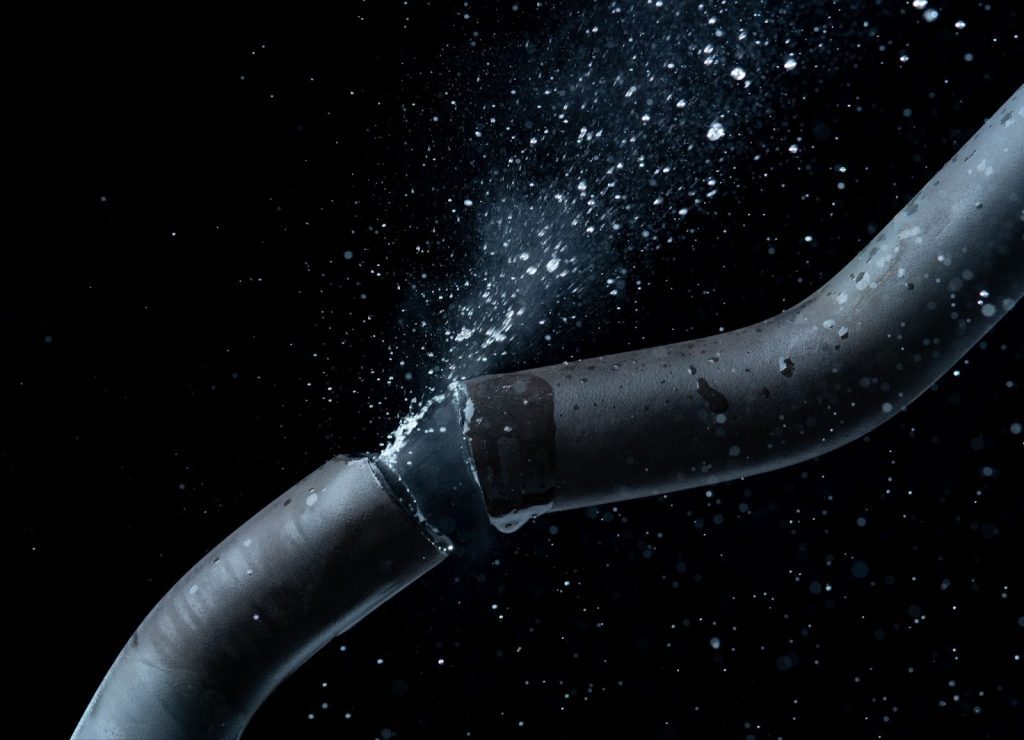
The role of professional help
While DIY measures are beneficial, professional plumbers bring expertise and experience to the table. They will perform comprehensive evaluations, recommend the best materials, and address complex issues beyond the scope of most homeowners. Investing in professional services might seem costly upfront, but it pays dividends by preventing catastrophic failures.
Educate yourself: know your plumbing system
Knowledge is power. Understanding your home’s plumbing system, from the types of pipes used to the system’s layout, empowers you to make informed decisions. It lets you spot issues early, communicate effectively with professionals, and take proactive steps toward maintenance and repair.
In navigating the intricate landscape of plumbing maintenance, the distinction between mere survival and absolute resilience lies in our ability to anticipate and preemptively address the vulnerabilities within our systems.
This guide has traversed the breadth of strategies necessary to identify weak pipes early, averting burst pipes’ dire consequences that lead to extensive property damage, health hazards, and significant financial burdens.
Embracing the principles outlined secures the structural integrity of plumbing systems. It exemplifies a commitment to proactive stewardship, safeguarding against potential disasters, acting before a crisis, preserving resources, and displaying the highest standard of care and foresight in property management and ownership.
Put your trust in Salisbury Plumbing
Experiencing a burst pipe is a stressful ordeal, disrupting the tranquility of your home. Equipped with insights on the causes behind burst water pipes, you’re better prepared to fortify your living space against such mishaps. However, even the most thorough preventive measures can’t guarantee immunity from all plumbing emergencies. That’s where Salisbury Plumbing steps in to provide you with peace of mind.
Should you find yourself dealing with the aftermath of a burst pipe, don’t hesitate to reach out to Salisbury Plumbing immediately. Our skilled team excels in all areas of plumbing, including the swift resolution of burst pipe issues. We’re committed to repairing your home efficiently, allowing you to return to your normal routine swiftly and focusing on what truly matters to you.
For immediate assistance, please call Salisbury Plumbing at 385.438.6647 or visit our website to initiate your repair. Our team delivers expert plumbing solutions to quickly and effectively restore your home.
